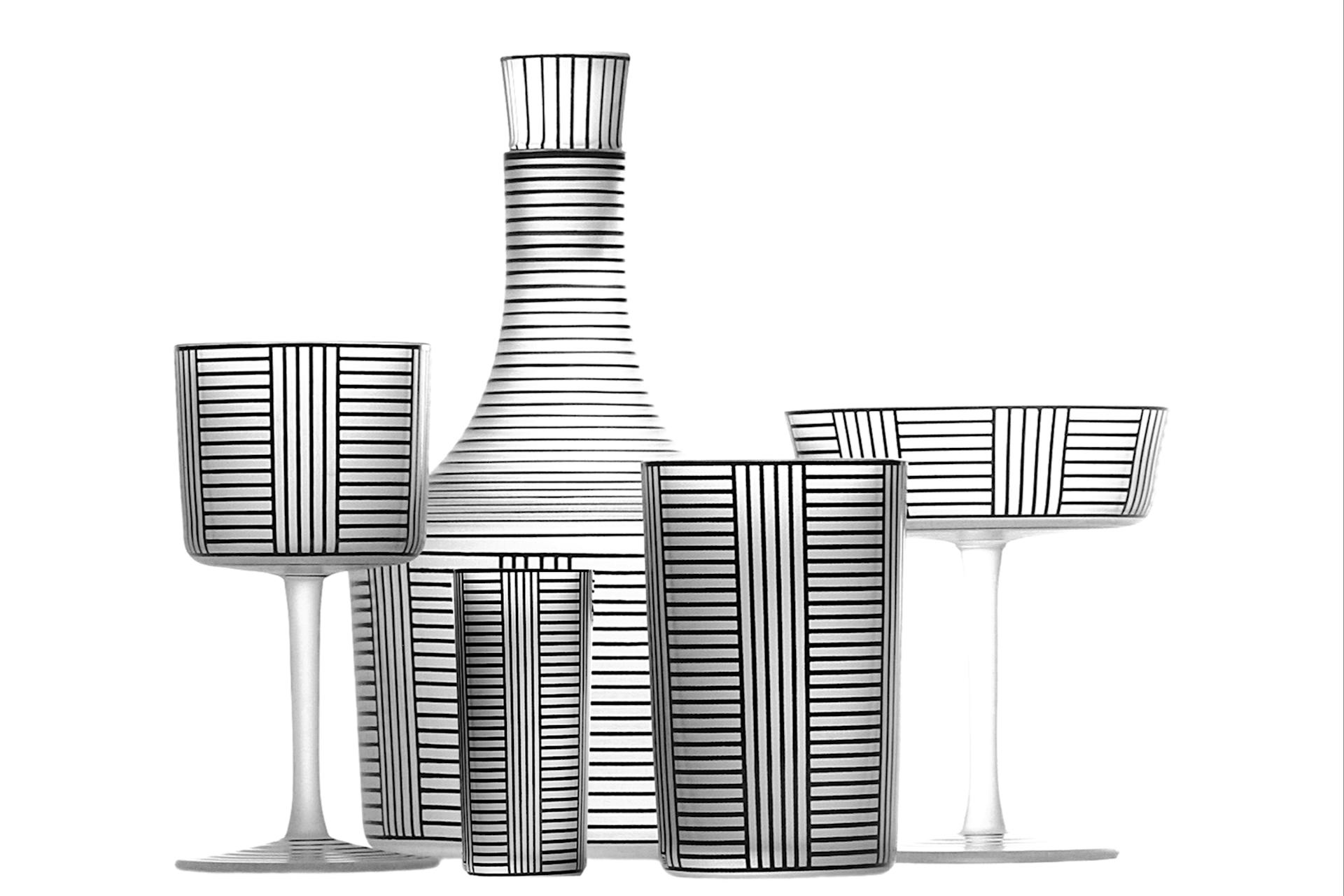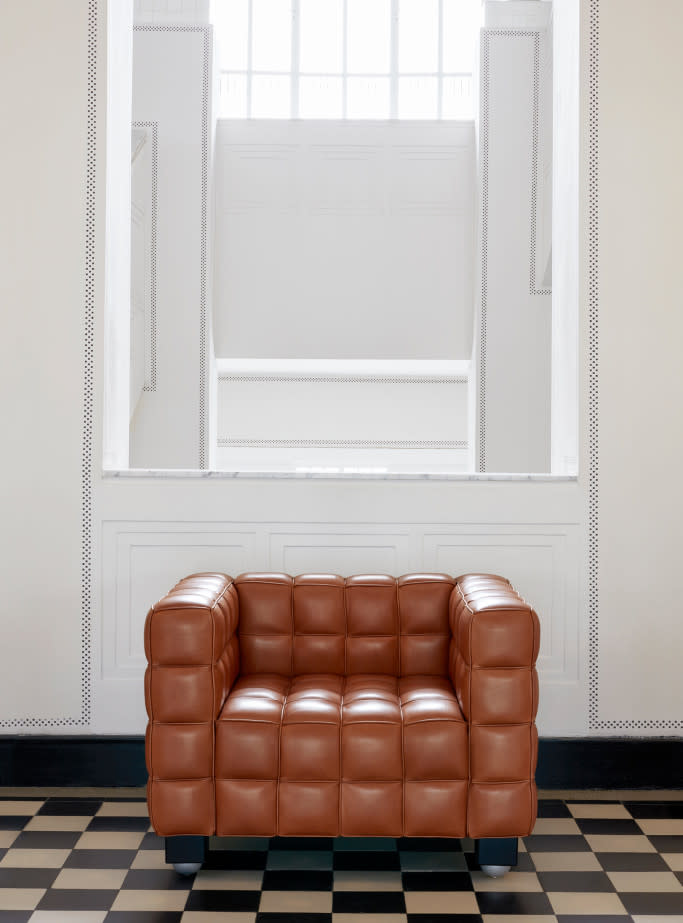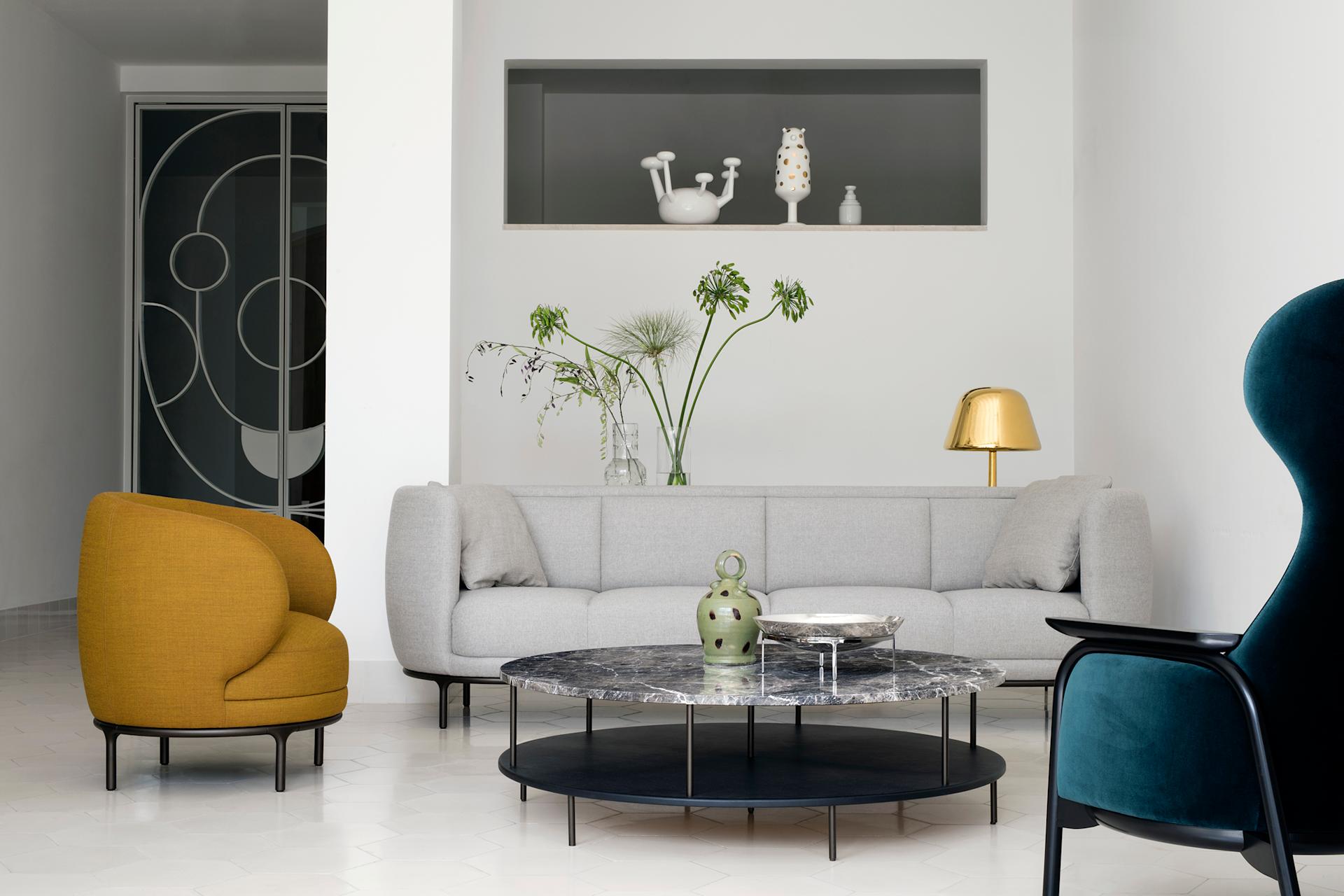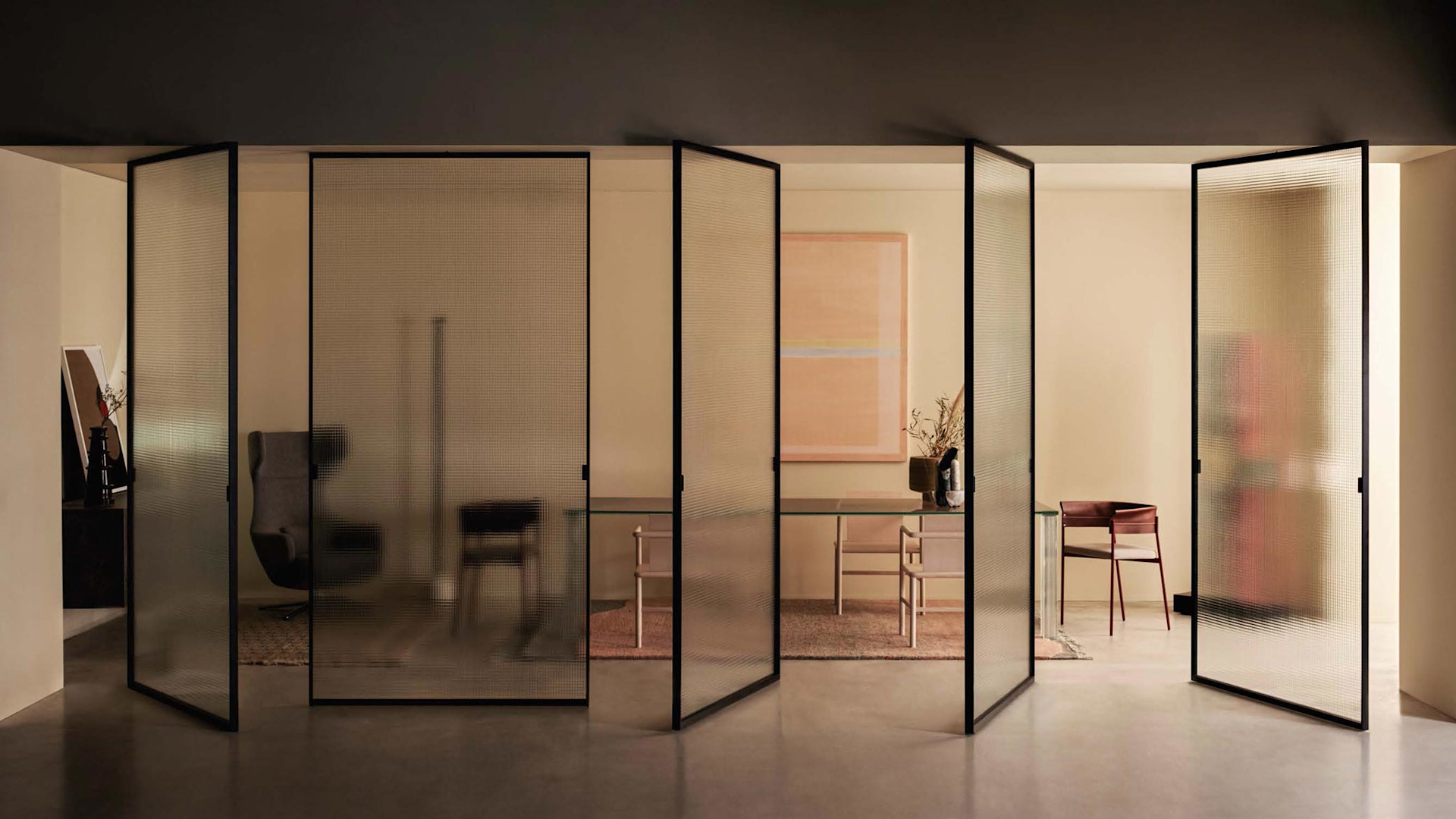Revisiting Wiener Werkstätte
Josef Hoffmann, Carl Auböck, Lobmeyr, and Influences on Jaime Hayon
A little over a century ago, in the Austrian capital of Vienna, architect Josef Hoffmann and his artist friend Koloman Moser founded a production company of traditional artisans and craftsman known as the Wiener Werkstätte. Translated as “Viennese Workshops,” it centralized the manufacture of craft-based decorative arts, such as metalwork, leatherwork, bookbinding, woodworking, and painting. Resisting mass production, they made jewellery, postcards, ceramics, leather and enamel goods, and more, and the movement attracted some of the most brilliant minds of the era.
The Wiener Werkstätte was one of the longest-lived design movements of the 20th century, and a key organization for the development of modernism, standing on the threshold between traditional methods of manufacture and a distinctly avant-garde aesthetic. The Modernist movement, as it related to furniture, was a stark departure from the design that preceded it. Eschewing the classical arts and ornate Victorian styles which used dark gilded wood and richly patterned fabrics, designers turned towards visually light materials like polished metal, and promoted the geometric and the minimal above all else. These pieces were revolutionary in their time, removing all traces of adornment and decoration in favour of a stripped-down, spare, and mechanical aesthetic.
The emphasis in the Wiener Werkstätte on complete artistic freedom brought about a prodigious output of designs, and set the standard for Austrian design from the turn of the century through to the Great Depression. Its influence is legendary, felt first in the Bauhaus in Germany, then the Art Deco movement in America, and finally in both Scandinavian and Italian design later on. Today, various pieces from this era are on display in the prestigious halls of the Museum of Modern Art and the Metropolitan Museum of Art, while young designers draw on them to create contemporary works.
At the same time that Hoffmann was founding the Werkstätte, another Austrian, bronzesmith Karl Auböck I, was founding a workshop. His grandson, Carl Auböck IV, still runs their Bernardgasse workshop to this day. The spirit of creativity and craftsmanship that inhabits their workshop was most famously embodied in Carl II, who returned from the Bauhaus in 1921 and began working with the small scraps of bronze that were the only materials available after the first World War. What he created were brilliantly eccentric paperweights in the shapes of hands or feet, whimsical bottle-openers in the shape of fish, and many other imaginative and avant-garde functional decorative objects, many of which are in re-issue today. The sense of fun and play imbued in these pieces has become synonymous with Austrian modernism, and it is no accident that this was occurring under the auspices of the Weiner Werkstätte.
But back to Hoffmann.
“We should always avoid the pompous and continually strive towards a better material and a more accomplished construction,” said Hoffmann. “After all our life, insofar as it can be taken seriously, obtains dignity through simplicity, honesty, and purity.” It is perhaps these qualities that lead to Hoffmann’s friendship with Stefan Rath, who made the decision to bring the already century-old Lobmeyr glassmaking workshop into the Wiener Werkstätte circle.
Sensing that this movement would revolutionize and modernize art and design, Lobmeyr embraced Hoffmann and his contemporaries, commissioning pieces that saw shapes becoming more geometric, light, and reduced. Even the nature of the glass itself changed from the more “architectural” style to a more delicate muslin glass. These ended up becoming some of the milestone glass creations of the century, making this an important period for Lobmeyr’s self-image and history.
One of Hoffmann’s standout glass designs is the Bronzit Series set, which features a powerful interplay between patterned horizontal and vertical lines. Originally designed in 1912, two years later Lobmeyr edited it to include the black enamel decoration that makes the etching so stark and distinctive. There is proof that this set was distributed in the Wiener Werkstätte shops at the time of its creation, and today this set sits among the collections of the major design museums of the world. Compare this set to the delicate, tulip-like curves of the Drinking Set No. 238 Patrician series, and you begin to get a sense of the incredibly varied range of styles Hoffmann created in his lifetime.

In 1904, Hoffmann designed a nursing home near Vienna, the Sanatorium Pukersdorf, now considered a great advancement towards abstraction and a move away from traditional arts and crafts and historicism. This project served as a major precedent and inspiration for early modernist architects, especially Le Corbusier. The vast majority of the furniture for the home was produced in the Wiener Werkstätte. It was for this project that Hoffmann created the Sitzmaschine, currently in re-issue exclusively by the Wittmann furniture group. This armchair was made with patients in mind, and as such the wooden recliner includes both seat and back cushions for comfort. The back is adjustable using the rod between the armrests, and the ball motif used here became a common element in Hoffmann’s designs for both metalware and furniture. The chair was first exhibited in 1908 in Vienna.

Hoffmann’s work was so innovative, he was producing Cubist work as early as 1902, five years before the term “Cubism” entered the art lexicon through Pablo Picasso’s art. In fact Hoffmann was so taken with geometric forms, with lines and squares, that he was nicknamed “Quadratl-Hoffmann” (square Hoffmann). Perhaps in no piece is this as evident as with his 758-240-10016 armchair, designed in 1910 and first presented at the International Exhibition in Buenos Aires. A modern work of art and luxuriously functional piece of furniture all in one, this unique mathematical and comfortable chair set Hoffmann apart from his contemporaries and established his unique style. Wittmann has created a sofa to match the chair, which has been a classic for a century, and served as inspiration to both the Art Deco and Modernist movements.
The enduring influence of the Wiener Werkstätte and Hoffmann in particular can be seen in contemporary collections, as well.

Take, for example, a recent and very popular furniture collection by Spanish designer Jaime Hayon. Both Hayon and Wittmann—the Austrian firm that collaborated with him—cite the Werkstätte and Hoffmann as influences. The collection riffs off of Hoffmann’s love for luxe materials and rounded geometries. The Vuelta series of high-backed and lush lounge chairs evoke that grand era of Viennese modernism with their gently sloping curves, articulated seem patterns, and unusual proportions.
Collections such as these, as well as the re-issue of original designs by Josef Hoffmann and Carl Auböck II, leave little doubt that the impact and influence of the Wiener Werkstätte still echoes today.
Words by: Matthew Trafford Photography: Hayon Workshop courtesy of KlunderBie
Featured Products
